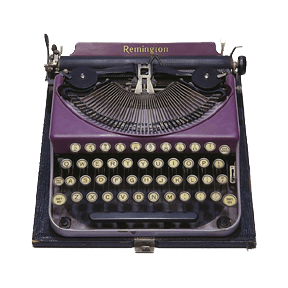June 22, 2025
Some Random Thoughts About AI
I imagine many of you have at least tried OpenAI’s ChatGPT, even just to ask it to tell you about yourself. (I did that and more than a third of it was incorrect.) AI enthusiasts argue that, as a writer, it could help me with my creative writing, not replace it. I’m old-fashioned and don’t really want that kind of help, but at my age I’m a digital immigrant, not a native, so no surprise there. But then I read a report published by the International Energy Agency, the Paris-based NGO that analyzes data from the global energy sector and issues policy recommendations. A request made to ChatGPT uses approximately ten times the electricity of a standard Google search. I’m not so worried about the small-scale energy required to auto-correct on my smartphone, but Google’s data centre electricity consumption in 2026 is projected to be 1,000 terawatts, or roughly the total consumption of energy by Japan.
And how about water? For each time you ask ChatGPT to provide an answer or write an email, Microsoft’s servers run thousands of calculations. This requires so much energy that the servers are at risk of overheating so water is needed to cool them. At a time when we have wildfires and water shortages, Microsoft’s data centre used 700,000 litres of fresh water to train (in partnership with OpenAI) ChatGPT-3. A 2024 environmental report from Microsoft revealed its water consumption jumped 34 per cent from 2021 to 2022, reaching nearly 1.7 billion gallons. And it’s rising.
Makes me think twice when I consider using ChatGPT instead of the somewhat more labour-intensive method of doing my own research (even if they’re via Google searches) and writing.
June 8, 2025
Tiny TypewriterMay 25, 2025
The Witness: Sebastiao SalgadoMay 7, 2025
Too Easy for Words: Kodak Instamatic
